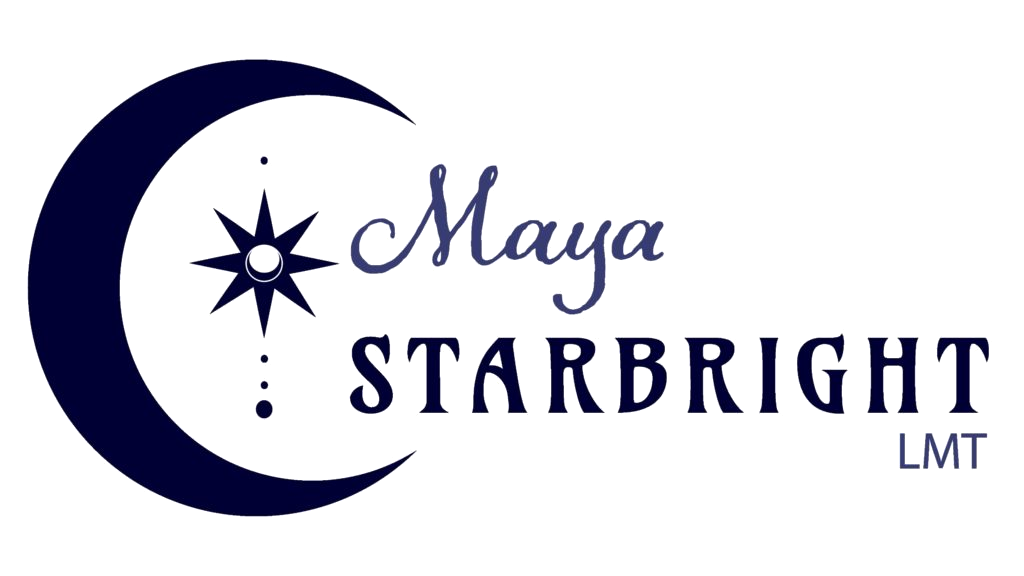Hurts AND Tickles
The quest to understand the mechanisms behind ticklishness has been occupying some researchers for decades. To this date, we still do not have a clear map of why our bodies can be ticklish, with some being more than others. There are however, some things that we have been able to find out through studying the tickle-phenomenon.
This article was written by Drew Hume for Navina Thai Yoga Therapy
Muscle Tone Increases Tickle Sensitivity
A study published in 1983 by Ruggieri et. al. demonstrated an increased degree of ticklishness where muscle tone was higher. His team also noted an inverse association between muscle tone and body awareness.
Note: It’s important to understand that these are correlations – which are not absolutes, and therefore can only support an hypothesis (not confirm it).
How Could Tension Be Equivalent To Ticklishness?
If you are a ticklish person, you understand the mix of sensations associated with being tickled. It induces you to laugh (sometimes uncontrollably), making it euphoric and yet it can be oddly painful at the same time. This occurs because the neural pathways that transmit touch and pain signals through the body are associated with being tickled. (reference).
Proposed Mechanisms
Some of our nerve receptors are what we would call “leaky”, meaning they have no firm seal. The openness of the nerve endings results in a greater readiness to depolarize (respond to a stimulus). When our connective tissue network is tight or has greater tone, there is greater pull on these nerves. With more forces pulling on the leaky nerves, we see even more leakiness and therefore the nerve can depolarize more readily.
An example of this would be a burning/painful sensation we feel when our skin is stretched. We feel the discomfort where our skin is stretched the most, not where the skin is being stretched from.
Okay, So What?
What we’ve found over the years of massage practice is that there is a correlation between the reduction in tension and the reduction in ticklish sensitivity. As yet, this is unsupported by scientific research – so this is simply anecdotal evidence. It is worth a self-test though! After a massage (or any tension-reducing activity…such as hot yoga), test it out to see how sensitive you are to tickling! Let us know how it goes below.
Bonus Fun Fact:
There are two types of ticklishness – knismesis and gargalesis! Knismesis is a feather-light touch that induces more of an “itch” response (like a bug crawling over your skin). Gargalesis is a deeper sensation of touch that is associated with laughter, rolling around on the floor and movements of defence.

0 Comments